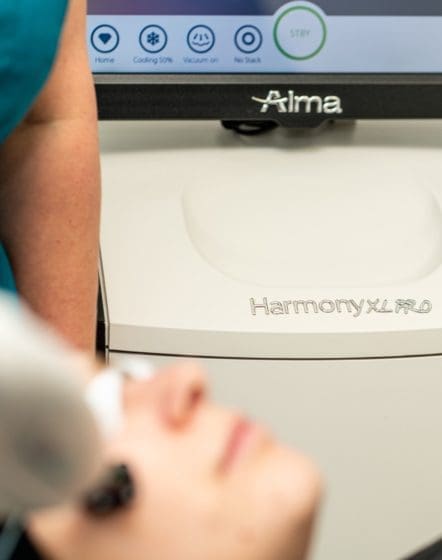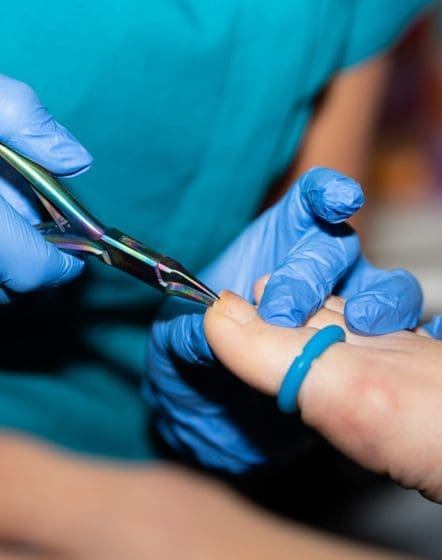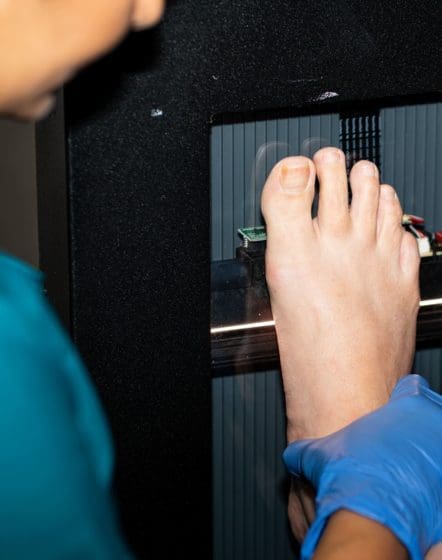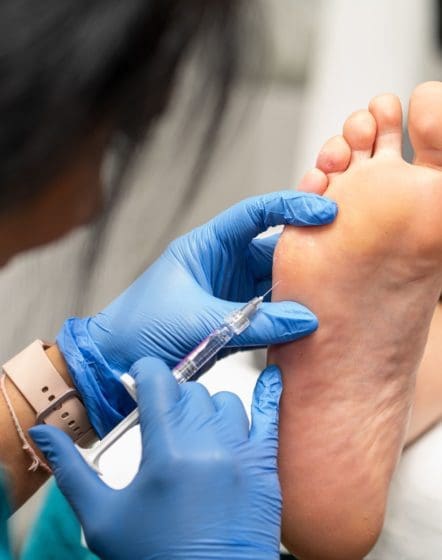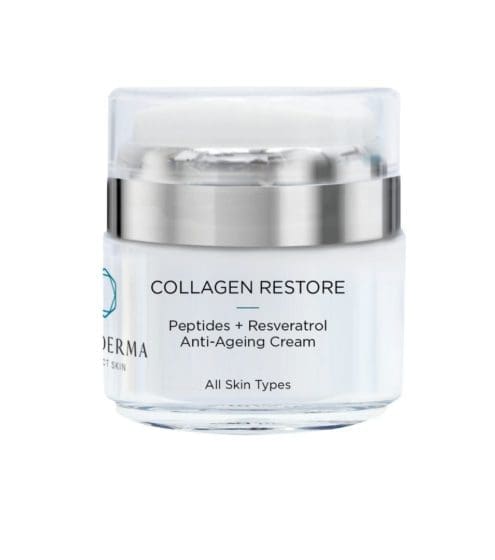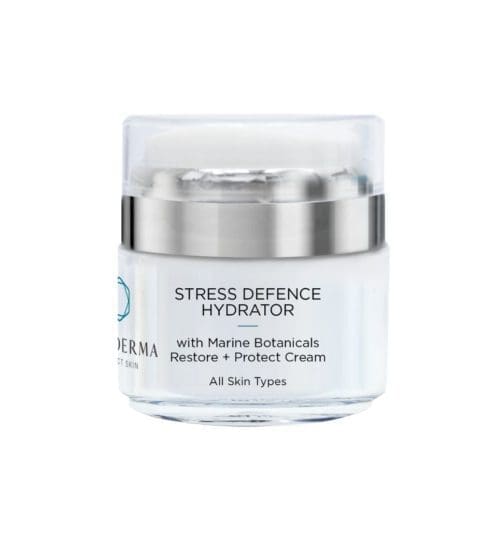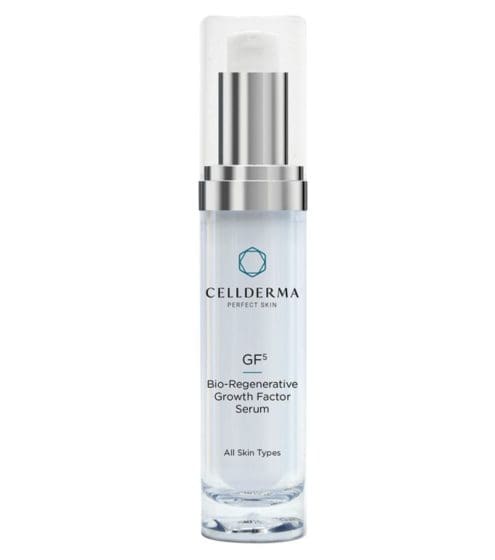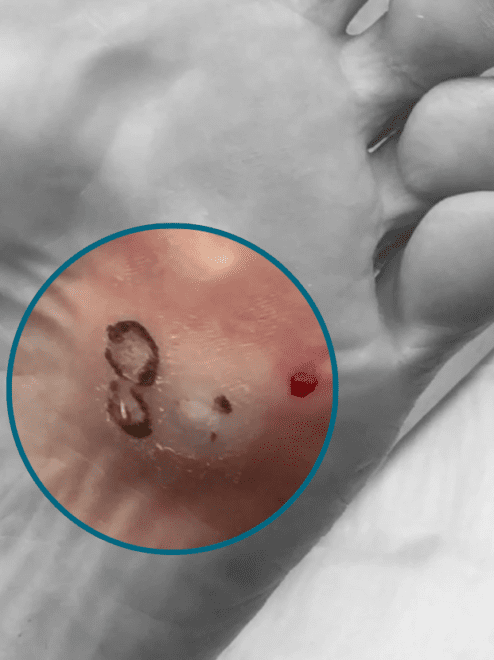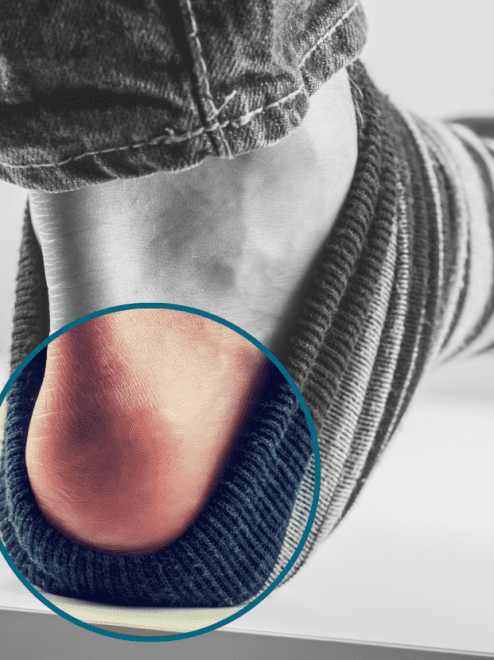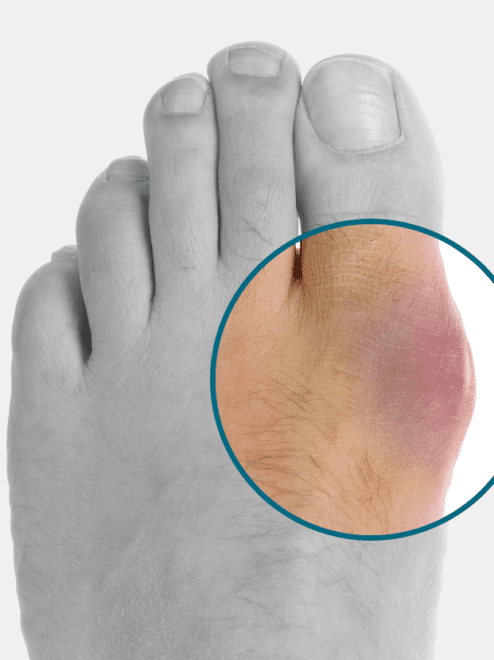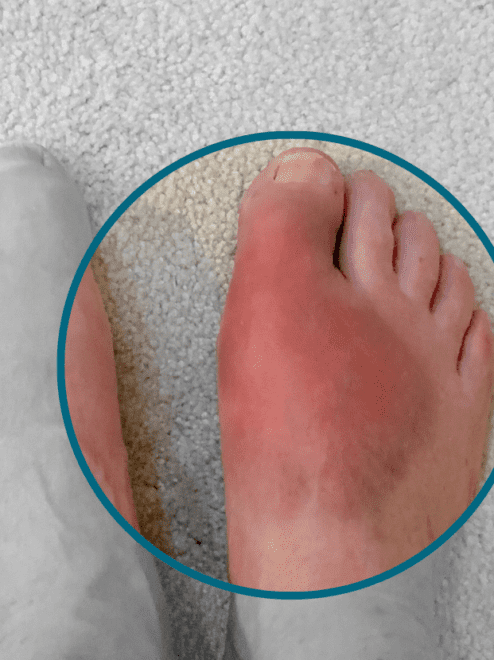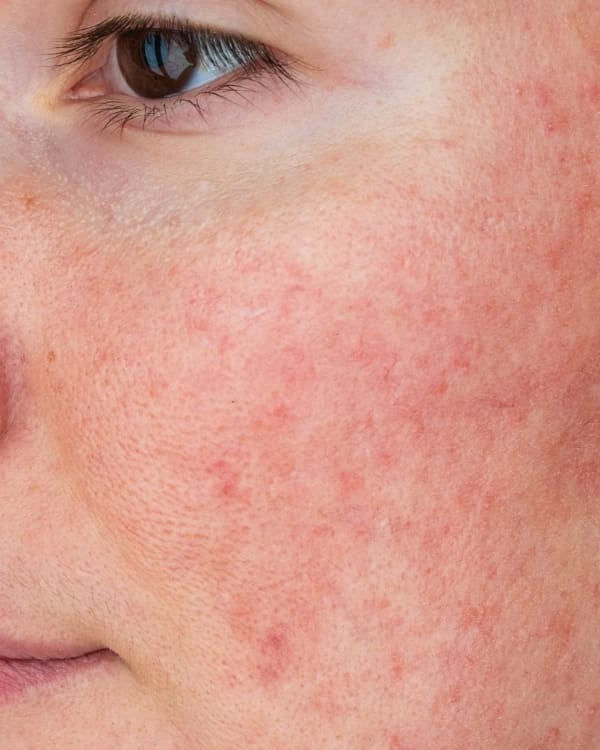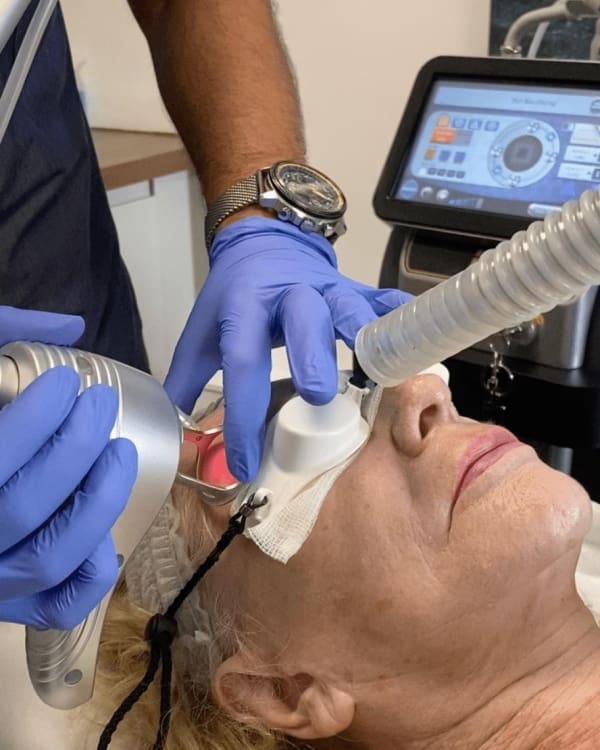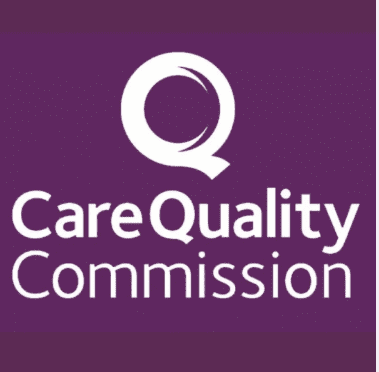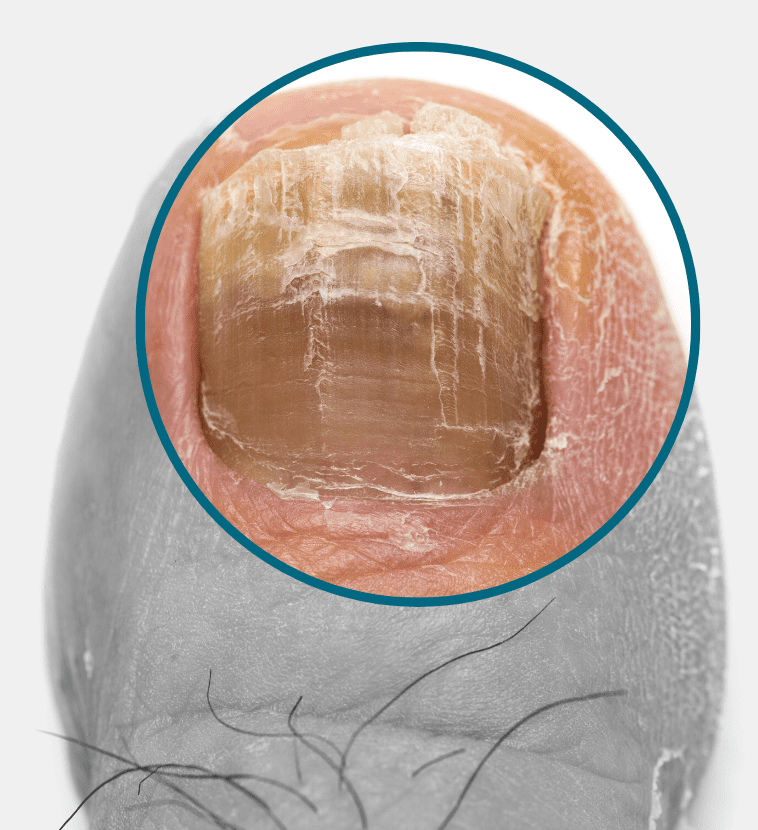

foot Condition
Fungal Toenail
Fungal Toenails are a very common condition but with a reputation for being resistant to the usual treatment options. Fungal toenail infections appear in the toenail as yellow and brown discolourations as well as brittleness in the nail itself. The nail may appear misshapen with thicker and thinner areas to the nail. Fungal infections are common issues that many people experience during their lifetime.
Fungal nail infections are caused by an overgrowth of fungi either in, or under the nail. As fungi thrive in warm and damp environments, the foot is a common area for them to naturally overpopulate. Laser therapy aims to kill the fungus in your nail and surrounding tissue. However, this can take some months before you can be sure the infection has resolved, as the appearance of your nail will not immediately change after treatment. Although we hope to treat you successfully with a single session, but you may need 2-3 treatments.
We also offer a fungicidal footwear treatment service. Sufferers of fungal foot infections will usually have fungus living in their shoes. Eradicating this fungus is an important part of the overall treatment plan.
Fungal nail infections are caused by an overgrowth of fungi either in, or under the nail. As fungi thrive in warm and damp environments, the foot is a common area for them to naturally overpopulate. Symptoms of infected nails include discoloration, thickening, and brittleness. Laser therapy aims to kill the fungus in your nail and surrounding tissue. However, this can take some months before you can be sure the infection has resolved, as the appearance of your nail will not immediately change after treatment. Although we hope to treat you successfully with a single session, but you may need 2-3 treatments. Fungal nails require thorough assessment and aftercare to ensure effective treatment.
We also offer a fungicidal footwear treatment service. Sufferers of fungal foot infections will usually have fungus living in their shoes. Eradicating this fungus is an important part of the overall treatment plan. Laser fungal nail treatment is a quick and painless method compared to tablet treatment, which can have side effects. Laser treatments are particularly effective for toe nails, ensuring all nails are treated to prevent cross-infection.
Understanding Fungal Nail Infection
Fungal nail infection, medically known as onychomycosis, is a widespread condition affecting millions globally. This infection occurs when a fungus infiltrates the nail plate, nail bed, or the surrounding tissue, leading to noticeable changes in the nail’s appearance and texture. Affected nails often become discolored, thickened, and brittle, which can be both painful and unsightly. These changes can make everyday activities, such as walking or wearing shoes, uncomfortable and challenging.
Causes and Symptoms
Fungal nail infections can arise from several factors, including:
- Fungal spores that thrive in warm, moist environments, such as public showers and swimming pools.
- Poor foot hygiene and nail care, which can create a breeding ground for fungi.
- Trauma to the nail or surrounding tissue, making it easier for fungi to invade.
- Certain medical conditions, like diabetes or weakened immune systems, which can increase susceptibility.
- Sharing personal care items or walking barefoot in public areas, which can spread fungal spores.
Common symptoms of fungal nail infections include:
- Thickening or discoloration of the nail, often turning yellow or brown.
- Brittle or crumbly nails that may break easily.
- Pain or tenderness around the nail, especially when pressure is applied.
- Foul odor from the nail, indicating an infection.
- Separation of the nail from the nail bed, which can cause discomfort and further complications.
Fungal Nail Laser Treatment
Fungal nail laser treatment is a cutting-edge solution for combating fungal nail infections. This non-invasive procedure utilizes high-intensity light to precisely target and destroy fungal cells, promoting the growth of healthy nails. The treatment is typically painless and requires no downtime, making it an ideal choice for those seeking an effective and convenient solution to their fungal nail issues.
Benefits of Treatment
Fungal nail laser treatment offers numerous benefits, including:
- High success rates: Many patients experience significant improvement after just a few sessions, making it a reliable option for treating fungal nail infections.
- Painless: Unlike traditional treatments, laser therapy is generally painless and does not require anesthesia.
- Quick and convenient: Treatment sessions are usually brief, lasting around 30 minutes, and can easily fit into a busy schedule.
- No downtime: Patients can resume their normal activities immediately after treatment, with no need for recovery time.
- Long-term results: With proper aftercare and maintenance, laser treatment can provide lasting results, helping to prevent future fungal nail infections.
Preventing Reinfection
Preventing reinfection is essential for maintaining healthy nails and avoiding future fungal nail infections. Here are some tips to help prevent reinfection:
- Practice good foot hygiene: Wash your feet daily and dry them thoroughly, especially between the toes.
- Trim your nails properly: Keep your nails trimmed straight across and avoid sharing nail clippers.
- Wear clean socks: Change your socks regularly, especially after exercising or sweating.
- Use antifungal products: Apply antifungal creams or sprays to your feet and nails regularly.
- Avoid sharing personal care items: Refrain from sharing nail clippers, files, or other personal care items to prevent the spread of fungal spores.
By following these tips and seeking professional treatment when necessary, you can help prevent fungal nail infections and maintain healthy, beautiful nails.



Why have your Fungal Toenail treated at Perfect Skin Solutions?
With this being one of the most challenging foot conditions to treat, it makes sense to visit a clinic that has a long history of treating this common condition with the highest success rates. With multiple treatment modalities on site – including an advanced laser platform – we are well equipped in both experience and services, to ensure you get the best chance of restoring your nail health.
Get in contact

























